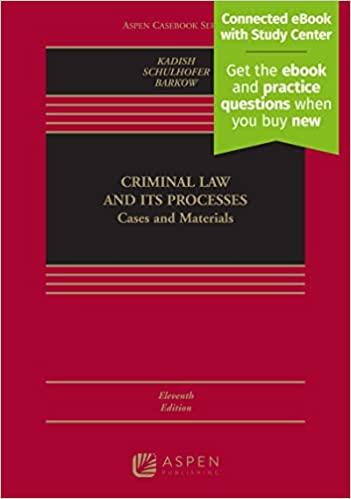Question
What happened to Enron? Enron began in 1985 as a traditional energy company selling natural gas to gas companies and businesses. In 1996, energy markets
What happened to Enron?
Enron began in 1985 as a traditional energy company selling natural gas to gas companies and businesses. In 1996, energy markets were changed so that the price of energy could now be decided by competition among energy companies instead of being fixed.
With this change, Enron began to function more as a middleman than a traditional energy supplier, trading in energy contracts instead of buying and selling natural gas.
Enron's rapid growth created excitement among investors and drove the stock price up. As Enron grew, it expanded into other industries such as Internet services, and its financial contracts became more complicated.
In order to keep growing at this rate, Enron began to borrow money to invest in new projects. However, because this debt would make their earnings look less impressive, Enron began to create partnerships that would allow it to keep debt off of its books.
One partnership created by Enron, Chewco Investments (named after the Star Wars character Chewbacca) allowed Enron to keep $600 million in debt off of the books it showed to the government and to people who own Enron stock.
When this debt did not show up in Enron's reports, it made Enron seem much more successful than it actually was. In addition, Enron attracted big investors by promising them that they would receive secret information about the company that was not being given to the government or the public. This secrecy violated laws intended to ensure that all investors have full access to accurate information about publicly traded companies.
A Hard Fall
In December 2000, Enron claimed to have tripled its profits in two years. Even as recently as this summer, Enron was still seen as an amazing success story. However, there were warning signals indicating the coming collapse as early as March 2001.
On March 5, 2001, Fortune magazine writer Bethany McLean published an article that questioned Enron's method of making money. In August 2001, Enron vice president Sherron Watkins sent an anonymous letter to the CEO of Enron, Kenneth Lay, describing accounting methods that she felt could lead Enron to "implode in a wave of accounting scandals."
Also in August, CEO Kenneth Lay sent e-mails to his employees saying that he expected Enron stock prices to go up. Meanwhile, he sold off his own stock in Enron.
The real collapse began when, on October 16th, Enron announced a loss of $638 million, partly due to the failure of its Internet investment.
On October 22nd, the Securities and Exchange Commission (SEC) announced that Enron was under investigation. On November 8th, Enron said that it has overstated earnings for the past four years by $586 million and that it owed over $6 billion in debt by next year.
With these announcements, Enron's stock price took a dive. This drop triggered certain agreements with investors that made it necessary for Enron to repay their money immediately. When Enron could not come up with the cash to repay its creditors, it declared for Chapter 11 bankruptcy.
Grading 1. Describe how Sarbanes-Oxley would have helped Enron (5 points) Source: http://www.pbs.org/newshour/extra/features/jan-june02/enron_past.html
Step by Step Solution
There are 3 Steps involved in it
Step: 1

Get Instant Access to Expert-Tailored Solutions
See step-by-step solutions with expert insights and AI powered tools for academic success
Step: 2

Step: 3

Ace Your Homework with AI
Get the answers you need in no time with our AI-driven, step-by-step assistance
Get Started


